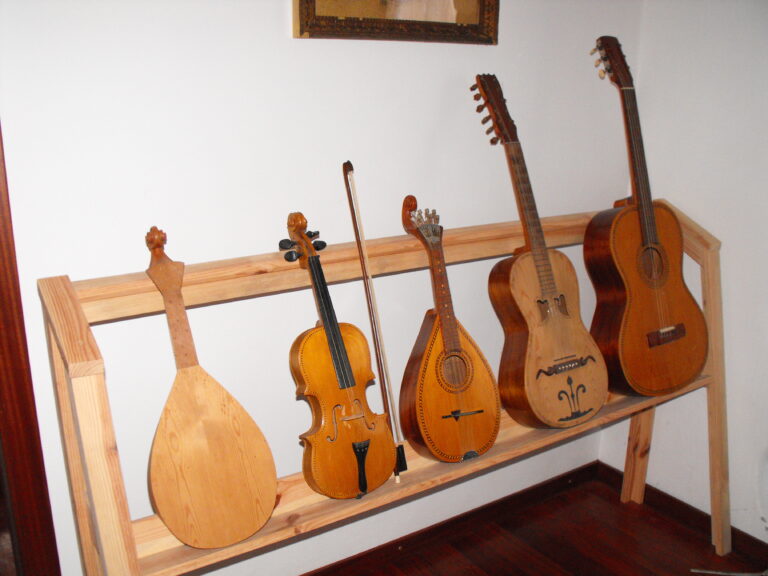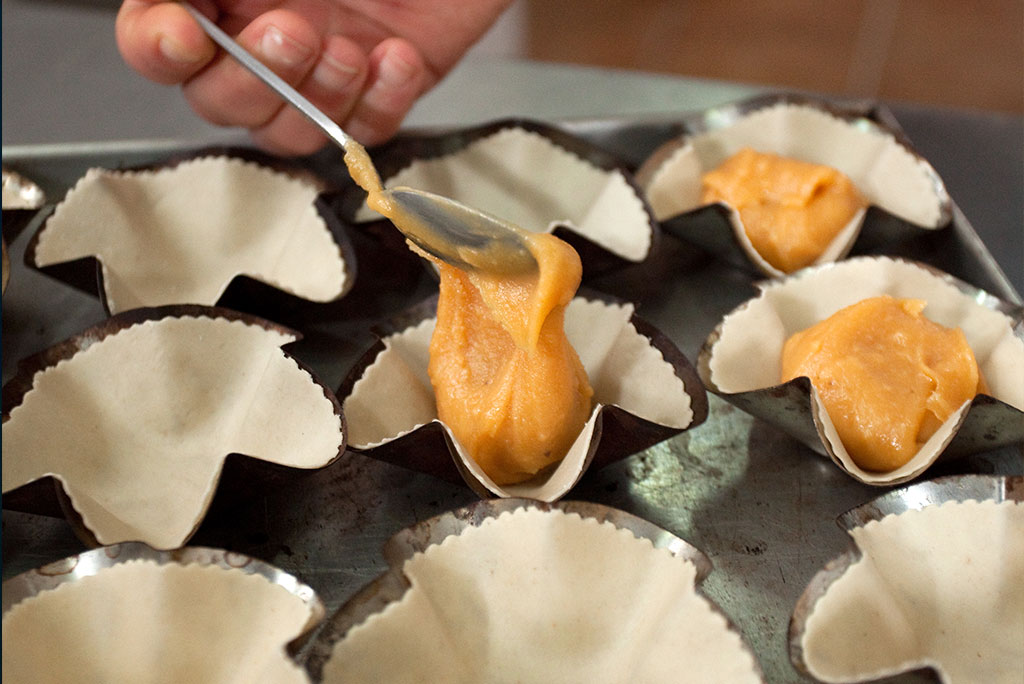About Graciosa
The Azores Islands
Known for their natural beauty and awarded in categories such as Sustainable Tourism or Adventure Tourism, the 9 islands of the Azores, make up an archipelago of singular beauty, which for centuries has enchanted visitors and passionate residents. Officially the Autonomous Region of the Azores, it is a transcontinental archipelago, volcanic in nature, and an autonomous territory of the Portuguese Republic, located in the Northeast Atlantic, endowed with political and administrative autonomy. From a geographical point of view, the islands are divided into three groups: the western group, consisting of the islands of Corvo and Flores; the central group, formed by the islands of Graciosa, Terceira, São Jorge, Faial and Pico; and the eastern group, materialized by the islands of São Miguel and Santa Maria. Its current population (2021 data) is around 236,657 inhabitants.

Ready for
an unique adventure?
If you are interested in the history, culture and other facts about Graciosa Island, here you will find information that can help you learn a little more about.
Official Language: Portuguese Religion: Catholic Official Currency: Euro (€)
Geography
Graciosa Island has 4,301 inhabitants (2021 data) and is the smallest and northernmost of the Central Group of the Azores Archipelago. It has an area of about 60.66 square kilometers, a length of 12.6 kilometers, a width of 8 kilometers, and its highest point is located in Caldeira, at an altitude of 405 meters. It is located at 39º26’26” north latitude and 31º13’9″ west longitude.
It has only one municipality, the municipality of Santa Cruz da Graciosa, with the majority of its inhabitants concentrated around it, and four parishes: Luz, São Mateus, Guadalupe, and Santa Cruz da Graciosa.
Climate
The geographical location, within the context of global atmospheric and oceanic circulation, conditions its climate. Atmospheric circulation is influenced by the Azores High, whose position, intensity, development, and orientation influence the weather conditions in the archipelago.
Thus, the climate is characterized by high humidity levels, thermal mildness, relatively low sunshine rates, regular and abundant rainfall, and a regime of strong winds.
Winters, while not excessively harsh, can be rainy from October to March. Summers are mild and sunnier than the rest of the year, although completely clear skies are rare.
The hottest month is August with an average temperature of 23ºC, and the coldest month is January with an average temperature of 16ºC.

The island boasts a highly relevant architectural heritage, with a focus on churches, chapels, rural houses, and the distinctive “water architecture” associated with a century-old network of reservoirs and drinking water supply systems, a response to the perennial water scarcity that has long afflicted the locals.
In Santa Cruz, one can find some examples of Manueline architecture, such as the baptistery of the Main Church and the apse of the Chapel of Senhora da Ajuda. It is also worth visiting the Graciosa Museum, which showcases artifacts related to wine culture, a longstanding tradition on the island, and whaling activities.
A characteristic feature of the landscape is the presence of windmills with red domes, which bear witness to the abundant production of cereals in bygone eras.
Graciosa used to export wheat, barley, wine, and brandy, conducting much of its trade with neighboring Terceira. In this rural and tranquil island, agriculture, livestock farming, and dairy production continue to be the pillars of its economy.




Graciosa Island has a strong festive dimension manifested in popular dances, philharmonic concerts, local festivals, and the famous Carnival Balls.
The Carnival celebrations start early on the island, with local collectives hosting and organizing dances with original costumes that brighten up the island until Shrove Tuesday.
Like in the rest of the archipelago, the Feasts of the Holy Spirit are widely celebrated from May to September, with processions and “bodos” distributing rosquillas (traditional pastries) and wine. However, the highlight is the Feast of the Lord Holy Christ of Miracles, in the second week of August, which besides its religious aspect, combines manifestations of local cultural significance, street entertainment, and nightly shows. These are the main festivities of the island.


Artisanry, better than any other testimony, embodies the richness of a heritage, vast and full of points of interest, projecting the peculiar way of being of the people: the inventive genius, the innate manual skill, a refined aesthetic sense, the natural assumption of the surrounding geographical ambiance, and the marked and personalized character.
Graciosa women play an important role in the artisanal production of Graciosa embroidery.
Graciosa Embroidery is characterized by its certification of high quality, being a product highly sought after by tourists of various nationalities.
The Association of Craftsmen of Graciosa Island was founded with the aim of developing and encouraging the artisanal production of this regional embroidery, but also to preserve in memory the role of Graciosa women in society.
The viola da terra, also known as the “12-string guitar,” “wire guitar,” or “guitar of two hearts,” assumes common characteristics on all islands, maintaining its primitive traits.
It is a typical musical instrument of the Azores Archipelago, playing an important role over time in challenge songs, festive singing, duels, impromptu singing contests, etc. Being a feature in the social and cultural identity of the Azoreans.

Graciosa Island is part of the UNESCO World Network of Biosphere Reserves due to its unique environmental, heritage, and cultural characteristics.
It boasts a diverse volcanic heritage, with the Caldeira in the southeast of the island standing out as one of the most interesting geological curiosities in the Azores. Within it lies the Furna do Enxofre, an impressive lava cave noteworthy for its biological, aesthetic, scientific, and cultural values.
Also of environmental significance are the islets surrounding the island, serving as important nesting habitats for seabirds and resting/passing areas for migratory birds.
One notable islet is Ilhéu da Praia, one of the largest and most diverse nesting sites for birds in the Azores. It is home to an endemic species, the Monteiro’s Storm-petrel (Oceanodroma monteiroi), which nests there.



The cuisine of Graciosa Island is rich in utilizing local products, renowned for its preparation of fresh fish from the Azores, especially in delicious stews or roasts. Garlic and melon from Graciosa are two choice products that have also been gaining prominence in the island’s gastronomy.
Viticulture has always been present, producing white wine, light, dry, and fruity, made from the original Verdelho grape variety, which pairs well with regional cuisine. As a digestive, aged brandy is highly appreciated, and for those who enjoy a sweet drink, Angelica is the perfect aperitif.
When it comes time to satisfy your sweet tooth, the options are varied. Cavacas, escomilhas, capuchas, rice pastries, egg-drenched desserts, or the local melon. However, undoubtedly, the most recognized product is the Queijada named after the island itself, made with natural ingredients and according to traditional pastry standards. In recent times, it was a specialty dominated by many housewives and was never absent from any party or family gathering: the “Queijada da Graciosa,” one of the most well-known sweets in the archipelago.






On Graciosa Island, you’ll find a range of sports and leisure options to enjoy during your visit.
Land Sports and Activities
Make the most of what the island has to offer. Hiking trails provide the perfect opportunity to explore the island’s nature, its natural vegetation, calderas, and the volcanoes that gave it origin, while getting to know the way of life of its people. There are official hiking trails that can be done autonomously.
You can also rent cycling equipment or even go on a bike tour with a specialized company.
Thrilling experiences are always guaranteed, whether on dirt trails crossing the mountains rich in endemic fauna and flora or on the road network, lined with hydrangeas and forests, passing through places of scenic and cultural importance.
Birdwatching is also a recommended activity. The islets of the island are important nesting habitats for seabirds and resting/passage areas for migratory birds.
Water Sports and Activities
There are also options for water activities such as whale watching, boat tours, diving, snorkeling, fishing, and stand-up paddleboarding.
The island provides the conditions to experience a wide variety of sea activities and sports.



Health Centers:
In Graciosa Island, there is a health center to provide emergency services. In case of severity, patients are referred to Hospital da Horta, in Faial Island, or to Santo Espírito Hospital in Terceira Island.
Graciosa Island Health Center: (+351) 295 730 070
Emergency Number: 112
Emergency Service for Deaf Citizens: Deaf citizens can contact the emergency services of Civil Protection via Skype video call, to the SERViiN – LGP INTERPRETER or to the number 12472. The Portuguese Sign Language interpreter will communicate with the desired emergency service. This service is available from Monday to Friday, from 7:00 am to 10:00 pm, including holidays.
PROCIV Açores APP: The application provides information on main self-protection measures for situations of risk such as fires, earthquakes, storms, technological incidents, or others; it disseminates alerts about meteorological warnings and seismic communications, assists in providing first aid to accident and poisoning victims.
Regarding calls to 112, the application, besides allowing the call to be made according to the type of emergency call (accident, sudden illness, or others), automatically sends an email with the data filled in your profile, directly to the Medical Emergency Line, to assist you more quickly and effectively.
Civil Protection provides brochures with self-protection measures (MAP) and/or relevant information to the population and visitors. Click on the following link to access the documents you can consult or download.
Police – Graciosa Police Station: (+351) 295 730 200






